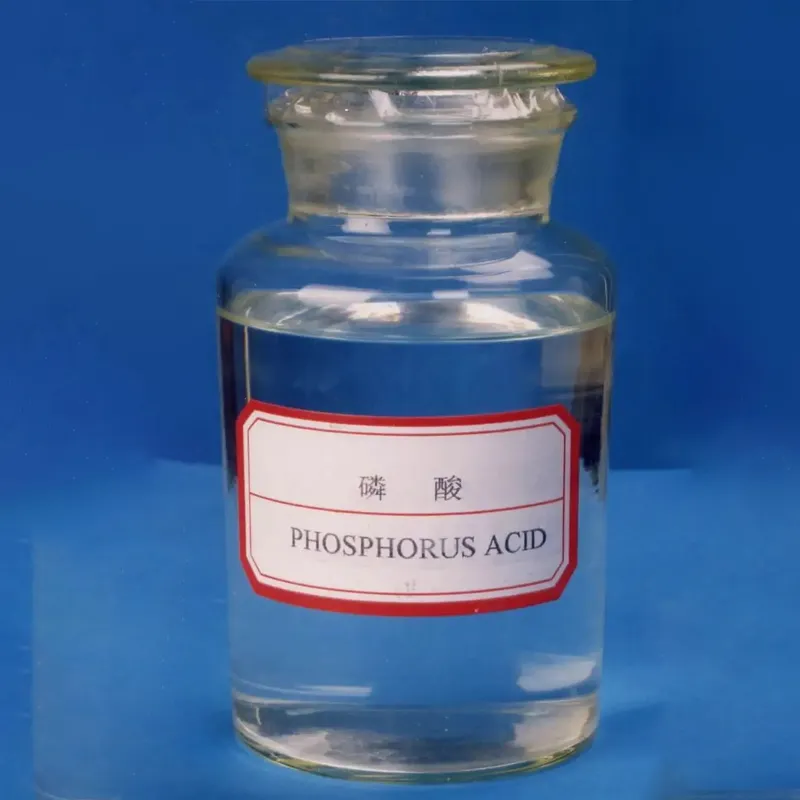
emulsifier e476
Understanding Emulsifier E476 Characteristics, Applications, and Safety
Emulsifiers play a crucial role in the food industry, serving as agents that facilitate the mixing of ingredients that typically do not blend well, such as oil and water. Among the various emulsifiers utilized in food production, E476, also known as Polyglycerol Esters of Fatty Acids, has gained significant attention for its versatility and effectiveness. This article examines E476, detailing its characteristics, applications, and safety profile.
What is E476?
E476 is derived from the esterification of fatty acids with polyglycerol, a compound formed by the polymerization of glycerol. The fatty acids can originate from both animal and plant sources, making E476 a semi-synthetic emulsifier. The specific composition of fatty acids and glyceryl components determines its properties and functionalities, impacting its effectiveness in various applications.
Characteristics of E476
One of the defining characteristics of E476 is its ability to stabilize emulsions. It is particularly useful in creating stable oil-water mixtures, making it essential in products where oil droplets need to be uniformly distributed in an aqueous phase. E476 is known for its high thermal stability, which makes it suitable for use in high-temperature processes, such as frying or baking.
E476 functions well across a wide range of pH levels and can emulsify both high and low-fat products. Its emulsifying properties allow it to improve the texture and mouthfeel of food products, enhancing the sensory experience for consumers. Moreover, E476 is soluble in both hot and cold water, making it a versatile choice for various formulations.
Applications of E476
emulsifier e476

E476 is widely used in the food industry, particularly in baked goods, dairy products, sauces, and dressings. In baked goods, it contributes to the smooth texture and helps prevent staling, thereby prolonging shelf life. For dairy products like ice cream and yogurt, E476 prevents the separation of fat, ensuring a creamy and homogeneous consistency.
In sauces and dressings, E476 acts as a thickener, providing desired viscosity while maintaining stability over time. Its capacity to enhance emulsification also makes it a popular additive in margarine and spreads, allowing for a smooth and spreadable texture.
Beyond food applications, E476 is also utilized in cosmetics and personal care products. Its emulsifying properties help create stable formulations in lotions, creams, and other topical products. The ability of E476 to enhance texture and consistency makes it a valuable ingredient in both industries.
Safety of E476
The safety of food additives is of paramount importance, and E476 has been evaluated by various food safety authorities around the world. It is generally recognized as safe (GRAS) when used within recommended limits. The European Food Safety Authority (EFSA) and the United States Food and Drug Administration (FDA) have both assessed E476’s safety, concluding that it does not pose significant health risks when consumed in typical dietary amounts.
However, as with many additives, some individuals may have specific sensitivities or allergies. It is essential for consumers to read product labels, particularly if they have known allergies to particular fatty acids or glycerol-based compounds.
Conclusion
Emulsifier E476, or Polyglycerol Esters of Fatty Acids, stands out as a versatile and effective ingredient in the food and cosmetic industries. Its excellent emulsifying properties, thermal stability, and compatibility with various formulations make it invaluable in creating a range of products. As research and product development continue, E476 may find even broader applications, further solidifying its place in modern manufacturing practices. As with any food additive, consumers should remain informed about the ingredients in the products they consume to ensure they make choices that align with their dietary preferences and health needs.
-
Understanding Synthetic Rubber OptionsNewsApr.27,2025
-
Trichloroisocyanuric Acid: Essential for Clean and Safe WaterNewsApr.27,2025
-
Sodium Dichloroisocyanurate: Key to Safe Water TreatmentNewsApr.27,2025
-
Sodium Acid Pyrophosphate: Essential in Modern Food ProcessingNewsApr.27,2025
-
Essential Water Treatment ChemicalsNewsApr.27,2025
-
Denatured Alcohol and Its Industrial UsesNewsApr.27,2025
-
The Versatile Uses of Sodium BicarbonateNewsApr.24,2025
Hebei Tenger Chemical Technology Co., Ltd. focuses on the chemical industry and is committed to the export service of chemical raw materials.
-

view more DiethanolisopropanolamineIn the ever-growing field of chemical solutions, diethanolisopropanolamine (DEIPA) stands out as a versatile and important compound. Due to its unique chemical structure and properties, DEIPA is of interest to various industries including construction, personal care, and agriculture. -

view more TriisopropanolamineTriisopropanolamine (TIPA) alkanol amine substance, is a kind of alcohol amine compound with amino and alcohol hydroxyl, and because of its molecules contains both amino and hydroxyl. -

view more Tetramethyl Thiuram DisulfideTetramethyl thiuram disulfide, also known as TMTD, is a white to light-yellow powder with a distinct sulfur-like odor. It is soluble in organic solvents such as benzene, acetone, and ethyl acetate, making it highly versatile for use in different formulations. TMTD is known for its excellent vulcanization acceleration properties, which makes it a key ingredient in the production of rubber products. Additionally, it acts as an effective fungicide and bactericide, making it valuable in agricultural applications. Its high purity and stability ensure consistent performance, making it a preferred choice for manufacturers across various industries.











